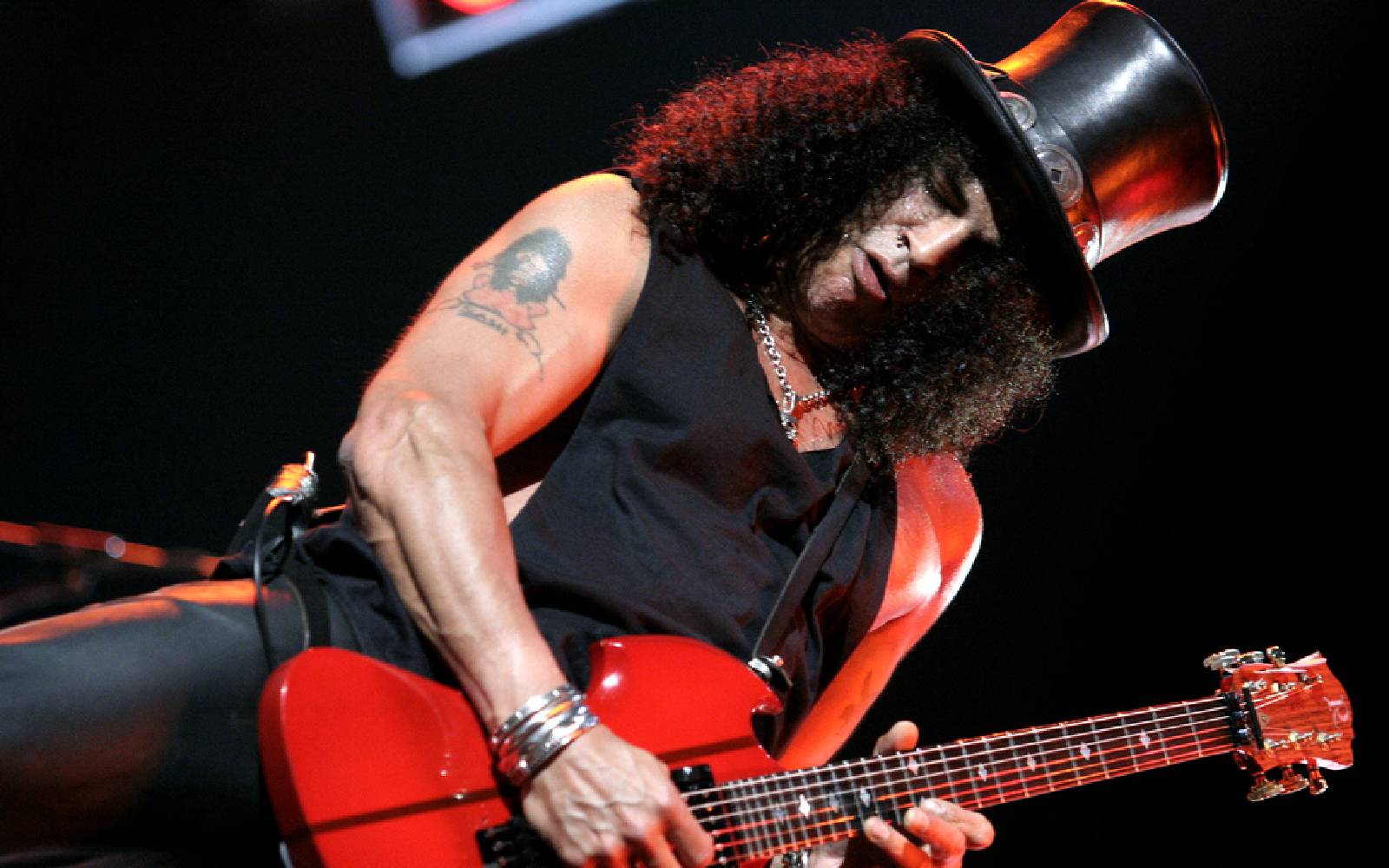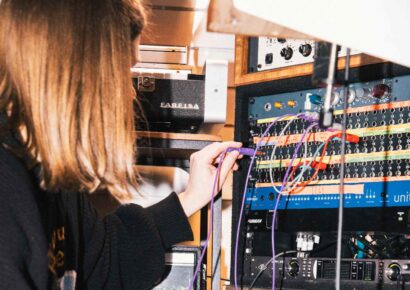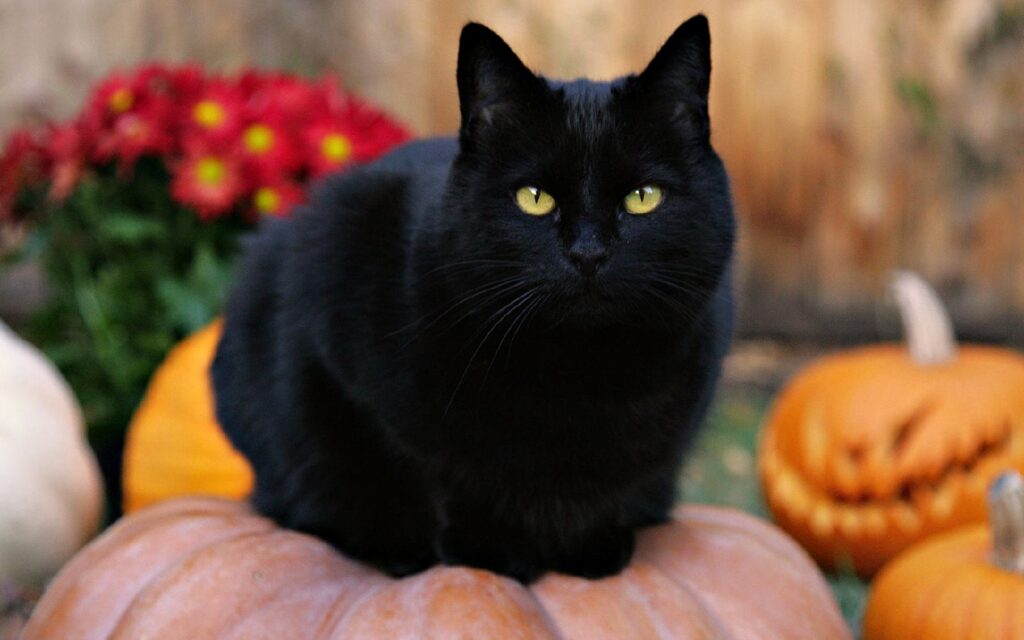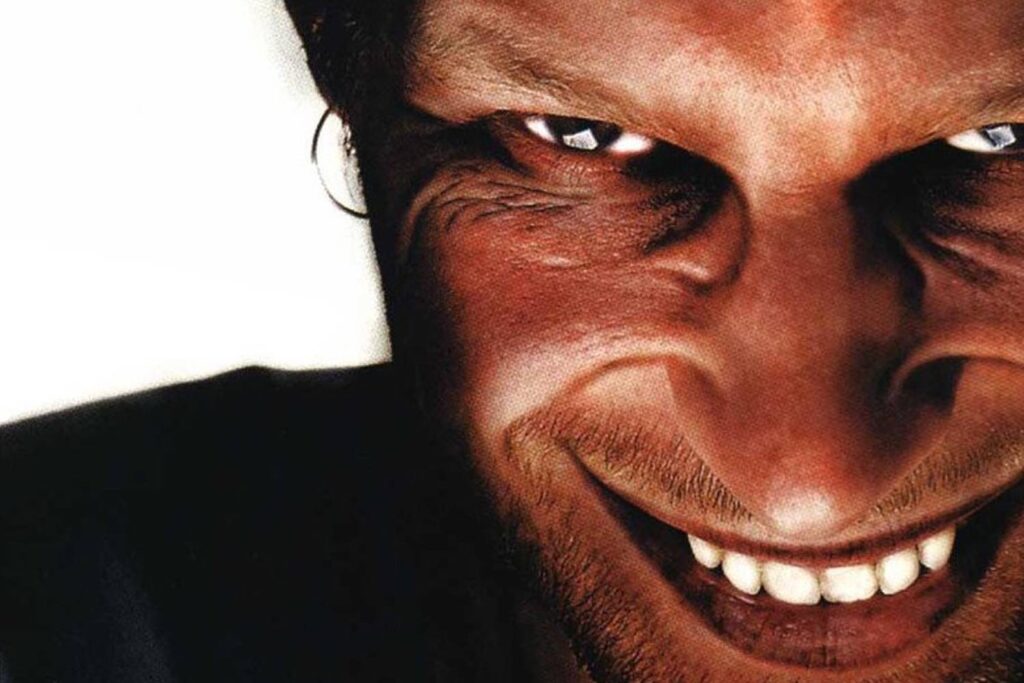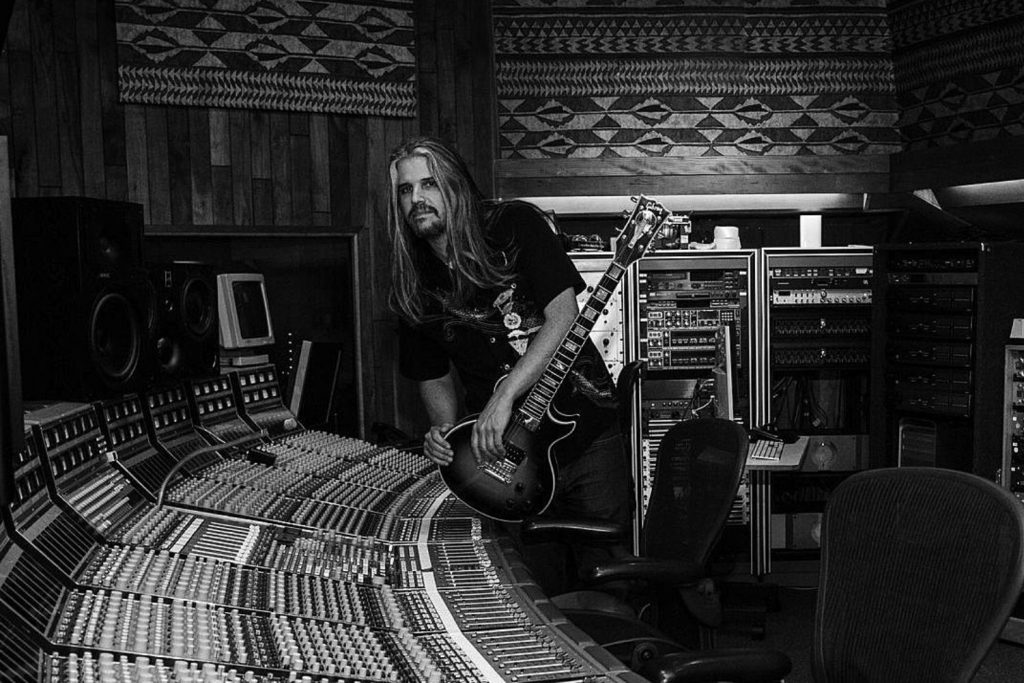Shredding, bending, wailing and squealing their way to the top, here's some super famous guitar solos.
There are thousands of lists about the best guitar player of all time, the most inventive, and whether the greatest solo of all time was Dave Gilmour’s “Comfortably Numb”, Eddie Van Halen’s “Eruption” or Jimmy Page’s on “Stairway To Heaven” and why. This list looks at five guitar solos reached the widest amount of ears, through streaming platforms, radio and record players. Some of them had traumatic births indeed! Guitar solos are a shining moment of the guitar, stealing the limelight for a moment from a singer, with six strings jumping to the front for some incredible guitar solos.
BOHEMIAN RHAPSODY – QUEEN (Solo: Brian May)
Wayne’s World might have cemented the guitar solos on “Bohemian Rhapsody” into iconic headbanging status.
But it isn’t Brian May’s favourite solo, opting for the one on “Killer Queen”.
He says “I would probably put that forward as the one that perhaps I would want people to remember me by.”
Nevertheless the solo on “BohRhap” (released October 1975) is the stand-out because it’s Queen’s biggest hit by far.
Read all the latest features, columns and more here.
Twice
It’s reached #1 in the UK twice (first time for nine weeks), and was the most streamed song in the 20th century following the release of the 2018 biopic Bohemian Rhapsody (2.62 billion streams on Spotify alone to date).
Its video passed 1 billion views on YouTube, in 2004 was inducted into the Grammy Hall of Fame, and in 2021 was certified diamond in the US for combined digital sales/streams equal to 10 million units.
Singer Freddie Mercury worked out all the complex parts of the song himself, including the heavy guitar riffing at the end.
Nine-Bar
But Brian May devised the brief nine-bar solo himself, singing it on the demo from a melody he says he had no idea where it came from.
He told one interviewer, “I said I would like to effectively sing a verse on the guitar.
“I would like to take it somewhere else. I would inject a different melody.
Colour
“There was already a lot of colour in there, but I would like to have a free hand.
“I could hear something in my head at that point – long before I went in there and played it.”
He did a number of takes but realised the first one was the one he had in his head in the first place, and perfectly so.
BEAT IT – MICHAEL JACKSON (Solo: Eddie Van Halen)
As Eddie Van Halen emerged as a full-fledged guitar hero in the 1970s, producers asked him to guest on records by other artists.
This rankled the other members, who argued his extra-curricular duties were diluting the band.
But when the great Quincy Jones called in 1982 and asked him to come and do a Michael Jackson session, he couldn’t say no.
House
Jones and Jackson came around to Eddie’s house where Michael sang him a rough sketch of the song.
It was inspired by the gang activity in the poor neighbourhood in the family’s hometown of Gary, Indiana.
When Van Halen headed to Westlake Recording Studios to do the solo, he took along his Frankenstrat guitar and the pre-amp section of an Echoplex, along with a custom amplifier borrowed from guitarist Allan Holdsworth.
Two Takes
Two takes and 20 minutes later, he nailed it having reworked the solo section to suit his style.
“I was just finishing the second solo when Michael walked in,” Eddie told CNN in 2012.
“So I warned him before he listened. I said, ‘Look, I changed the middle section of your song.’”
Passion
“He gave it a listen, turned to me and went, ‘Wow, thank you so much for having the passion to not just come in and blaze a solo, but to actually care about the song.’”
The original solo was harder and more distorted, but Quincy Jones thought it too tough.
The story goes that during mixing the sound of EVH’s solo caused the monitor speaker in the control room to catch fire. It turned out to be an urban legend.
Warn
He didn’t warn the rest of Van Halen, who were then furious with their guitarist for (a) stepping out of the band; and (b) not getting paid for his work.
Eddie tried to calm things down by scoffing, “No one’s going to hear that kid’s record are they?”
Laugh
The laugh was on the heavy rock band. With sales of over 10 million worldwide, “Beat It” is one of the best selling songs of all time, won two Grammys, changed the face of ‘80s pop, and been streamed 1.24 billion times.
More people heard it on the parent Thriller album, which sold 70 million. In comparison, the entire Van Halen catalogue shifted 80 million.
Fondest
After Michael Jackson died in 2009, Van Halen called working with him as “one of my fondest memories in my career.”
“Beat It” was musically out of character for Jackson. He envisaged it as the sort of rock song he’d listen to, and which would appeal as much to college students as to schoolies.
Change
The Jackson/Van Halen collaboration changed minds about the blend of black and white music.
It led directly to Run-DMC & Aerosmith’s collab on “Walk This Way”, and Beastie Boys’ Zeppelin sample on “She’s Crafty” – both in 1986.
THUNDERSTRUCK – AC/DC (Solo: Angus Young)
“Thunderstruck” was out in 1990, and continues to blitz in sales, this year reaching 1.66 billion streams globally on Spotify alone ranking third after “Highway To Hell” (1.77 billion) and “Back In Black” (1.71 billion).
Additionally, “Thunderstruck” has 1.4 billion YouTube views. Global physical sales are 16.1 million, with 700,000 of those in Australia where it peaked at #4.
Razor
More people would have heard Angus Young’s solo if they listened to its parent album The Razor’s Edge (7.78 million worldwide, 5 million in the US).
It was used in movies as Deadpool 2 (2018), Planes: Fire & Rescue (2014), Varsity Blues (1999), The Longest Yard (2015), Battleship (2012), The Fall Guy (2024), The Super Mario Bros. Movie (2023) and Daddy’s Home (2015).
This year, when whiskey retailer Flask & Barrel did a survey of 23,000 drinking-themed playlists on Spotify, “Thunderstruck” easily topped the rock section as most popular.
Practice
“It started off as practice thing on an acoustic guitar I had at home,” Young told Apple Music.
“I had a cassette and I was fiddling around with the guitar and I thought, ‘That’s interesting’, so I put it down.”
The riff was only supposed to be the opener, which Angus put down in one take, while puffing away on a cigarette, and extended it.
Break
He went off on a break during the sessions, and when he returned, Malcolm had reworked the song.
“He had added the big thunder choruses at the beginning, and the chant, which we originally only put in the middle section of the song.”
When Malcolm asked him what he thought, the Big A replied, “You’ve given it life.”
Toy
It took the Youngs a few months to nail down a title, “based on our favourite childhood toy, ThunderStreak.
“It seemed to have a good ring to it. AC/DC = Power. That’s the basic idea.”
STAIRWAY TO HEAVEN – LED ZEPPELIN (Solo: Jimmy Page)
For a song that is used at funerals and continued to be power-played on American radio, it’s hard to believe that Jimmy Page regards “Stairway To Heaven” as a fuck session!
It starts off slowly and romantically, builds up and up, then in comes the guitar solo (5:34–6:44) to indicate things are getting sweaty, with Bonzo smashing drums the orgasm, and the soft finale equivalent of having that cigarette after.
Magical
For the guitar solos he used the “magical” 1959 Fender Telecaster given to him by Jeff Beck, to get the bite he got on the first Zep album and used extensively with The Yardbirds.
The Tele was plugged into either a Supro or Marshall amp (Page can’t remember).
Improvised
Jimmy only had the first phrase and link phrase worked out. The rest was improvised.
The first two guitar solos seemed aimless. The tension in the control room rose.
Engineer Andy Johns turned to the guitarist, standing next to him, and complained, “You’re making me paranoid.”
Paranoid
Page snapped back, “You’re making ME paranoid!”
That changed a minute later. Johns recalled, “Then, bang! On the next take he ripped it out.
“Of course it’s a really wonderful solo. Pagey was just unbelievable.”
Mothership
“Stairway To Heaven” wasn’t released as a single until 2007 as part of the Mothership compilation.
In the ‘70s, the British band didn’t want any singles out from Led Zeppelin IV because they wanted fans to listen to it as a whole album.
It was only sneakily released in Australia as part of an EP.
Best Seller
Led Zeppelin IV went on to become one of the best sellers of all time, shifting 37 million worldwide, of which 630,000 was in Australia (9 x platinum) where it peaked at #2.
In recent times it became the first Led Zep track to hit 1 billions streams.
Longest
It’s also the second longest song to hit 1 billions streams (8:02), just 2 seconds behind Justin Timberlake’s “Mirrors”.
As of the year 2000, it had been played 3 million times on American FM radio.
SWEET CHILD O’ MINE – GUNS N’ ROSES (Solo: Slash)
One of the great myths surrounding guitar rock is where the compelling riff for “Sweet Child O’ Mine” came from.
In 1988 when it was released, the story was that they were at rehearsals, and Slash had played it as a warm up exercise.
Picked Up
Second guitarist Izzy Stradlin picked up on it, and Axl Rose, hearing it from an upstairs room, quickly penned the lyrics, about his girlfriend at the time, Erin Everly.
The story was probably made up by a publicist at the record company as a hook for the media to hang stories on about the debut single from the relatively unknown Los Angeles glam-metal band.
Dismissed
In 2022, though, Slash dismissed the story on The Eddie Trunk Podcast.
“It wasn’t a warm-up exercise. I was sitting around the house where Guns used to live at one point in ’86, I guess it was, and I just came up with this riff.
“It was just me messing around and putting notes together like any riff you do.
Cool
“You’re like, ‘This is cool,’ and then you put the third note and find a melody like that.
“So it was a real riff; it wasn’t a warm-up exercise.”
The riff was voted the number one riff of all time by the readers of Total Guitar in 2004.
Rock Guitar
It, and the guitar solos, were rock guitar at its best, and quickly introduced Slash as a major fretmeister.
The solo, using his Fender and Marshall amp (although the verses used a Roland 120 Jazz Chorus amp), started out cruisey built around the Eb minor scale with a few major 7ths in there.
It then built up to a more aggressive approach, “mainly sticking to position one of the pentatonic scale an octave up the neck in the same key,” according to one analyst.
Bends
The same analyst went on to say: “The bends feel that much wider and the vibrato more pronounced.
“Then of course there are the tonal differences too – the first section played on the neck pickup for thickness and warmth before switching over to the bridge for more bite, with his Cry Baby engaged.
Impressive
“Perhaps more impressive than anything else is Slash’s sense of feel – more off-the-cuff and improvised than overly composed – and the way he manages to string it all together, adding new dimensions and colours that weren’t there before.
“Which, when you think about it, is the mark of any great guitar solo.”
Opitz
Growing up listening to Australian rock bands as AC/DC and The Angels, the Gunners had initially reached out to Australian producer Mark Opitz, who’d worked on those discs, to produce Appetite For Destruction.
Opitz had unfortunately signed on at the time to make a record with the Hoodoo Gurus.
Uncommercial
Guns N’Roses had expected their album to sell that of a Motorhead, Slash telling this writer, “We thought it was cool but totally uncommercial.”
In its first year, it was virtually a sleeper, and no one expected it to explode the way it did.
30 Million
It sold 30 million worldwide, certified 8 x platinum (560,000) in Australia, and went to #1 album in America where it became the seventh best-selling album of all time as well as the best-selling debut album in the country.
“Sweet Child O’ Mine” also topped the US charts (it sold 2.6 million digitally there by March 2012). It’s has had 1 billion streams on Spotify and it 1 billion YouTube views in October 2019.
Want to learn some of these guitar solos? Check out artist-approved sheet music at Sheet Happens.
